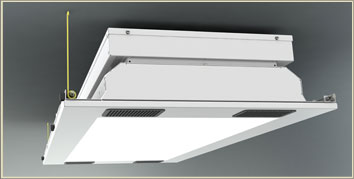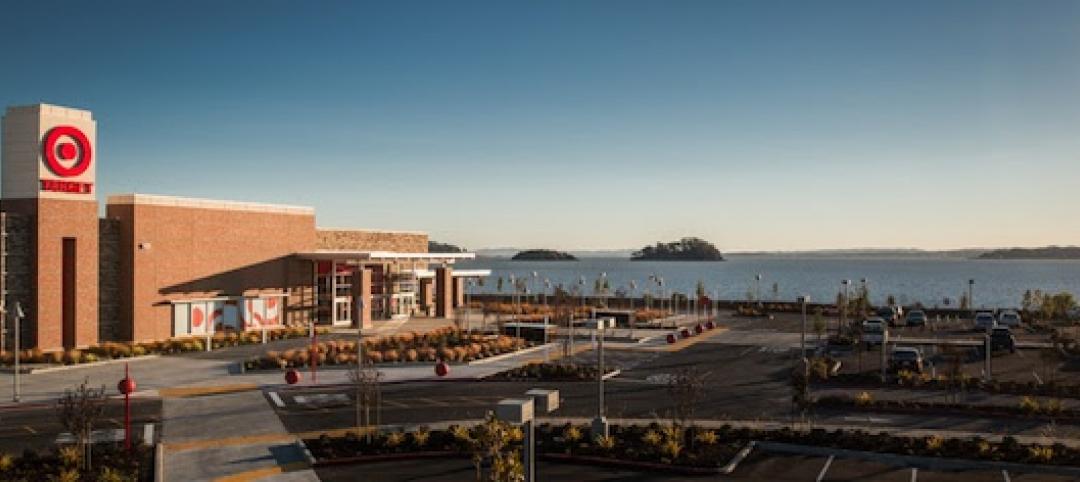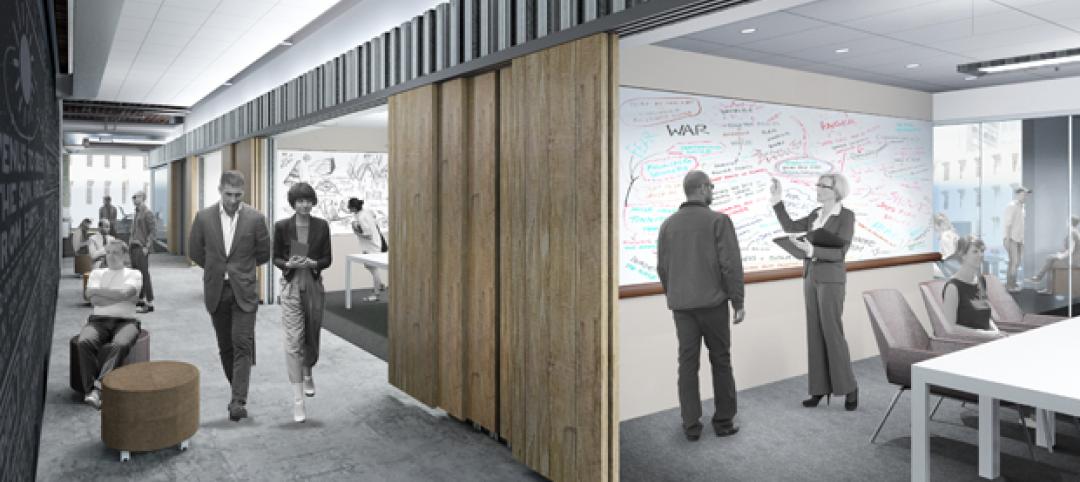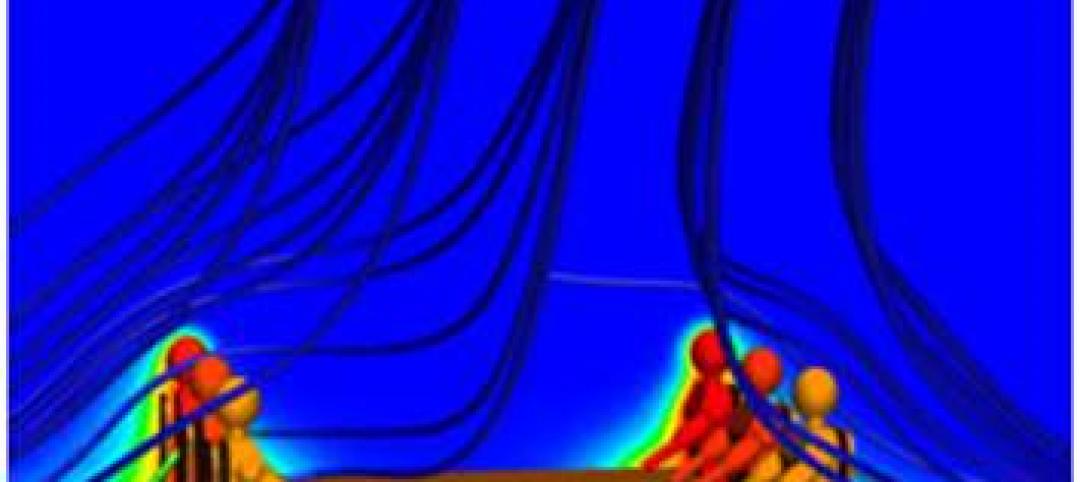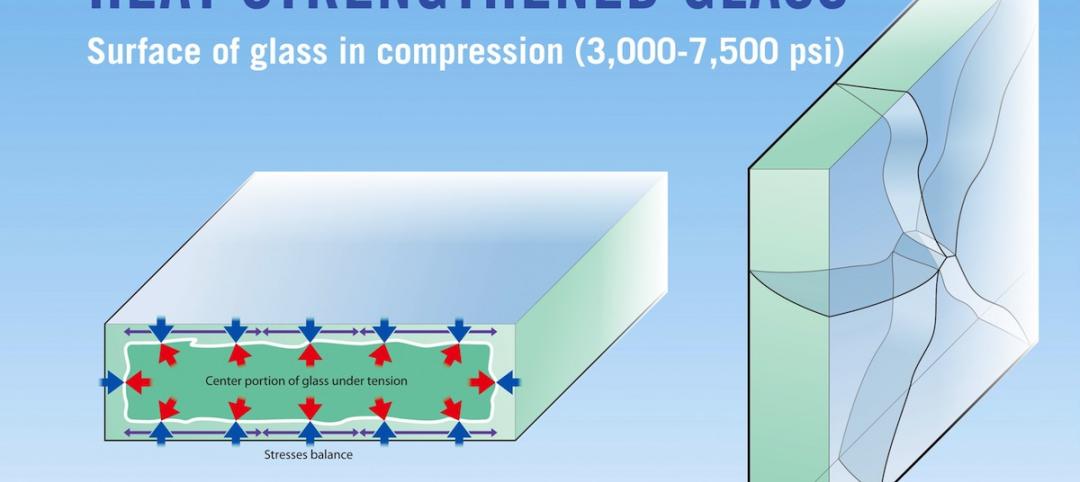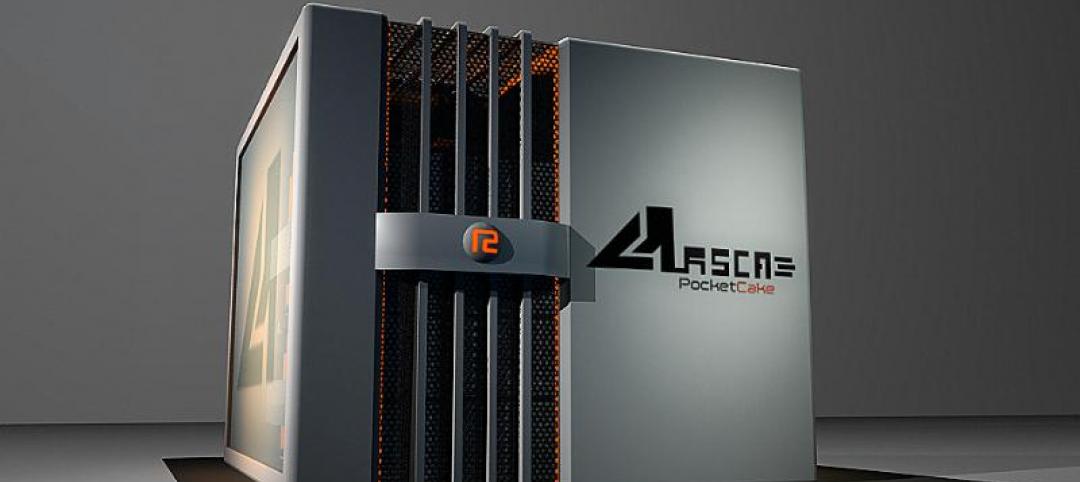Designed specifically for hospitals, nursing homes, child care centers, and other healthcare facilities where infection control is a concern, the Arcalux Health Risk Management System (HRMS) is an energy-efficient lighting fixture that doubles as a germ-killing machine.
The fixture incorporates air circulation modules, a filter, and an ultraviolet germicidal irradiation module that together pull in surrounding indoor air and eliminate up to 99% of pathogens in a single pass. The system uses differential pressure and directional airflow to isolate and kill contaminants in the fixture. It's installed in the existing electrical infrastructure with no structural, HVAC, or duct modifications.
The patented device could save lives and healthcare institutions dollars by destroying disease-causing pathogens from air and reducing hospital-acquired infections (HAI). The Centers for Disease Control estimates that $45 billion is added to the annual healthcare costs to treat HAIs. They are the fourth major cause of death with an estimated 1.7 million patients contracting an HAI, resulting in 99,000 deaths each year.
American Green Technology, Inc. (AGT) announced at Lightfair last week that it has signed a licensing agreement with Arcalux Corporation to manufacture, market, and sell Arcalux HRMS and other products from the company, through AGT's agents.
"We're excited about introducing this new product," said Danny Bogar, chief executive office of AGT. "Virtually every day you read a story about how people are dying from airborne pathogens in hospitals - a place where you normally go to regain good health. The Arcalux product addresses these health concerns."
Related Stories
| Mar 1, 2014
Dramatic fractal roof highlights SOM's new Mumbai airport terminal [slideshow]
The terminal merges new technology and traditional regional architecture, notably in the fractal roof canopy that runs throughout the terminal.
| Feb 28, 2014
Six finalists selected in design competition for Canadian Holocaust monument
David Adjaye and Daniel Libeskind are among the finalists for the National Holocaust Monument, planned near the Canadian War Museum in Ottawa.
| Feb 27, 2014
Gensler reveals 44 design trends for the next decade
The 82-page report covers dozens of emerging trends in healthcare, commercial office, hospitality, tall buildings, and more.
| Feb 27, 2014
Target converts former prison dump into latest big-box store
Target's new San Rafael, Calif., location was built on the site of the former San Quentin prison dump.
| Feb 27, 2014
Open or private offices? It depends on the business plan
Open layouts are grabbing headlines as a hallmark of the new workplace—think the Google campus or Facebook's headquarters. And for smaller-scale operations, open designs are often lauded for being less expensive than private office plans. But does that mean all offices should have an open layout?
| Feb 27, 2014
3 reasons to apply computational fluid dynamics on your next project
From right-sizing mechanical systems to understanding the impact of design alternatives, CFD offers a host of benefits for the Building Team.
| Feb 27, 2014
12 facts about heat-treated glass: Why stronger isn’t always better
Glass is heat-treated for two reasons: the first is to increase its strength to resist external stresses such as wind and snow loads, or thermal loads caused by the sun’s energy. The second is to temper glass so that it meets safety glazing requirements defined by applicable codes or federal standards.
| Feb 27, 2014
Metal Construction Association introduces two Environmental Product Declarations
Two Environmental Product Declarations (EPD), one for Metal Composite Material Panels and one for Roll Formed Steel Panels for Roofs and Walls, are now available free of charge from the Metal Construction Association (MCA) on its website.
| Feb 27, 2014
Bluebeam Software launches Revu 12 for better field-ready document management and project collaboration
The latest version of the company’s flagship solution better enables users in document-intensive industries to digitally collaborate on project documents and more easily connect the office to the field.
| Feb 27, 2014
PocketCake lunches CPU designed for virtual reality simulations
The company's Virtual Reality Simulation Converter Assembly is three times more powerful than the average high-performance computer and allows for up to eight people to experience a virtual reality simulation at the same time.


